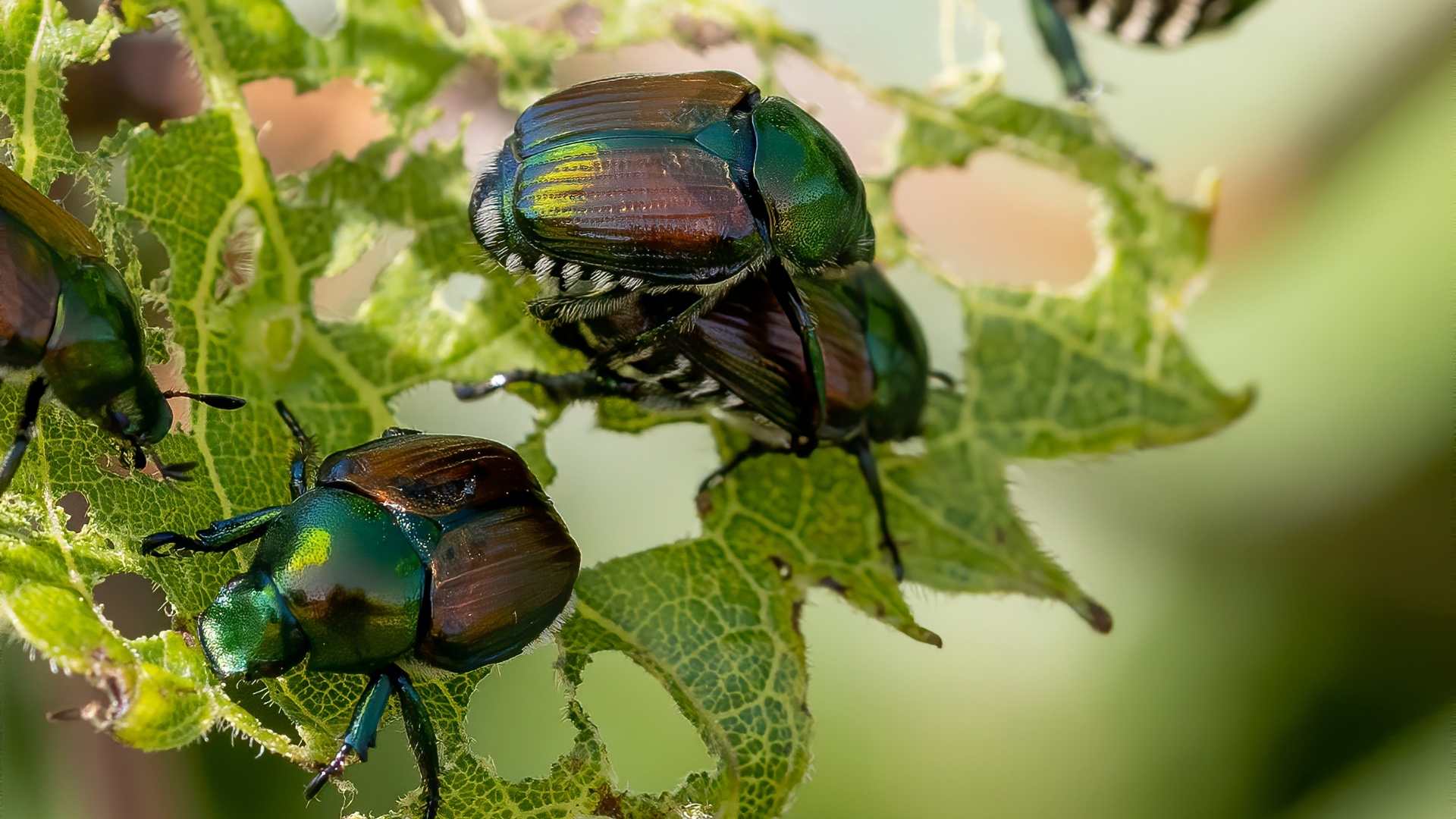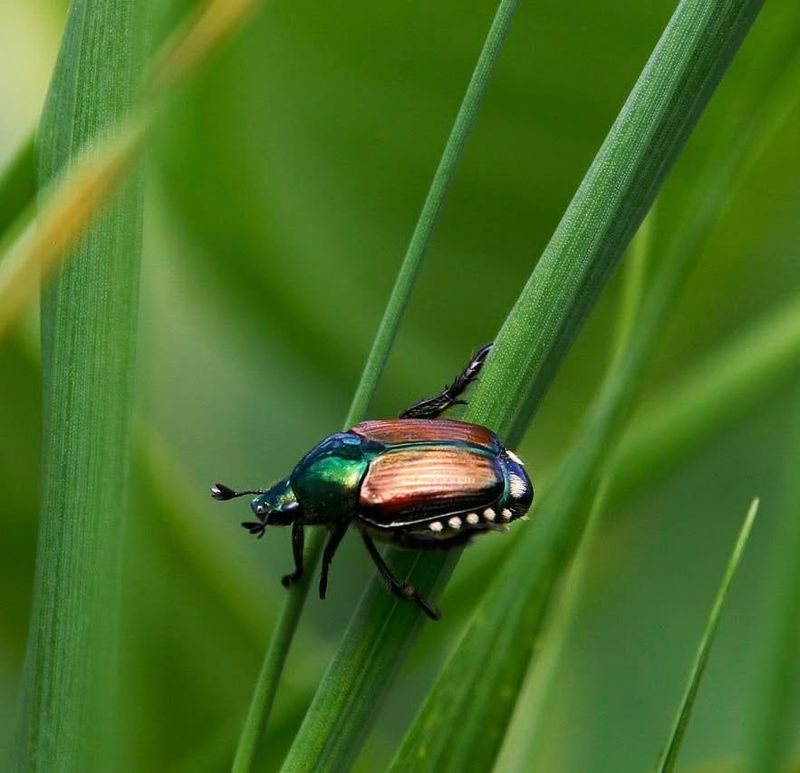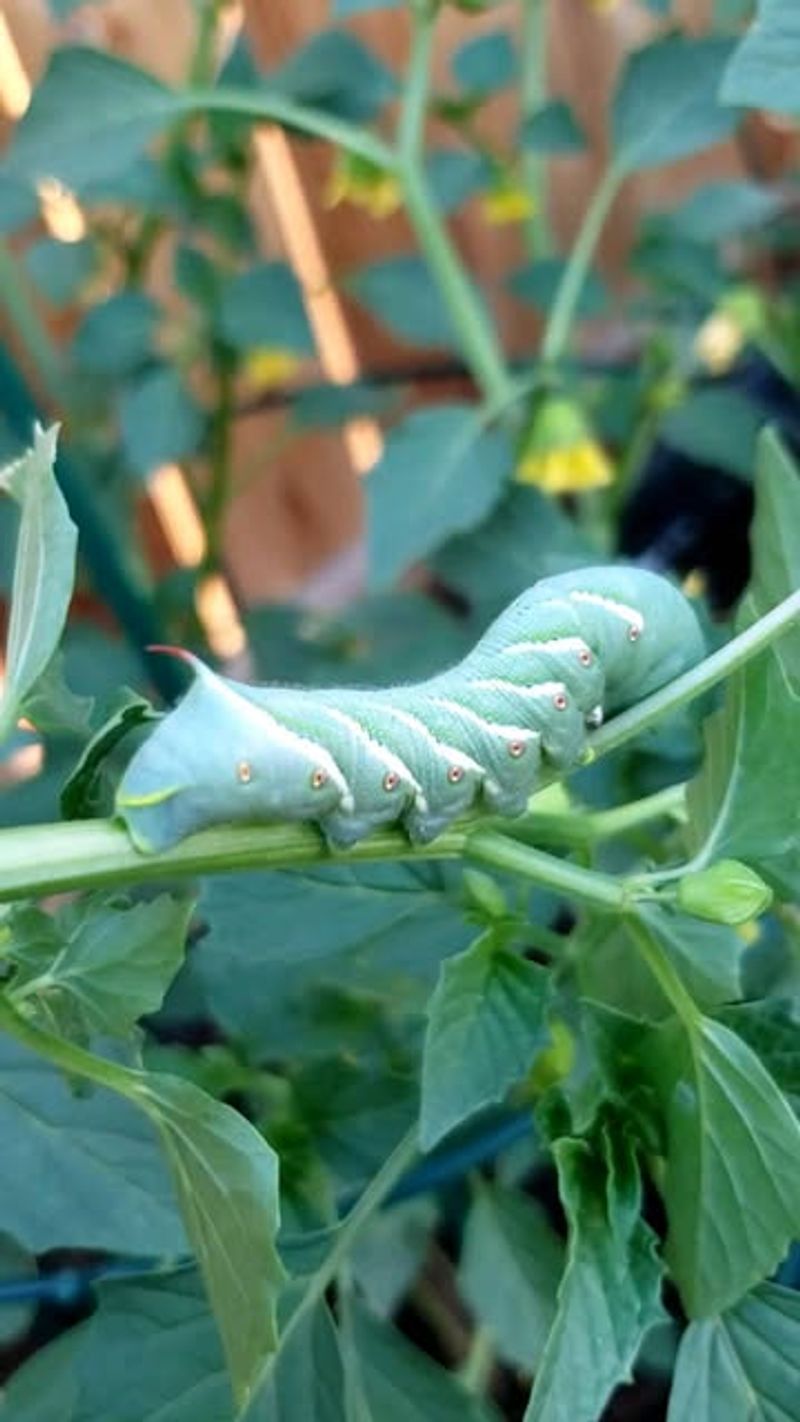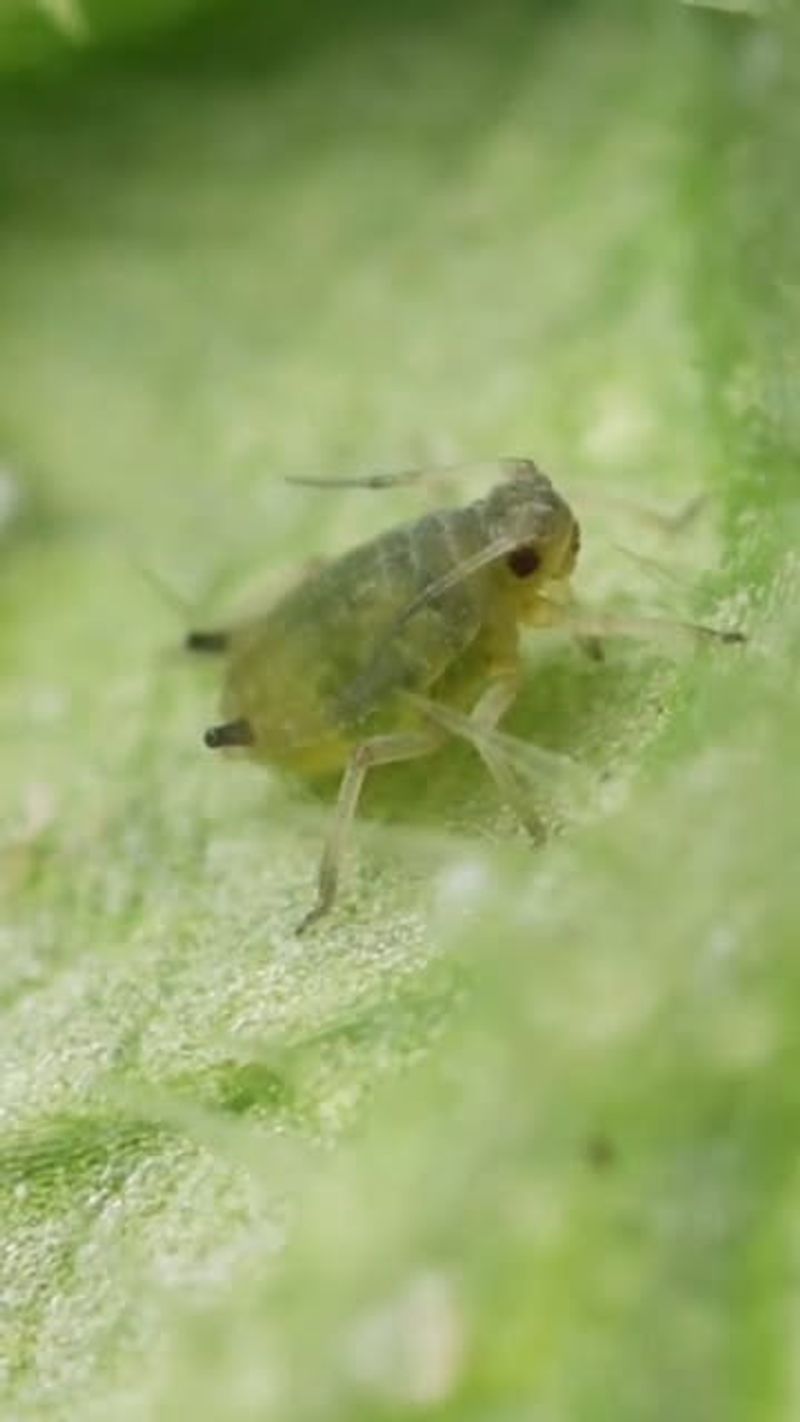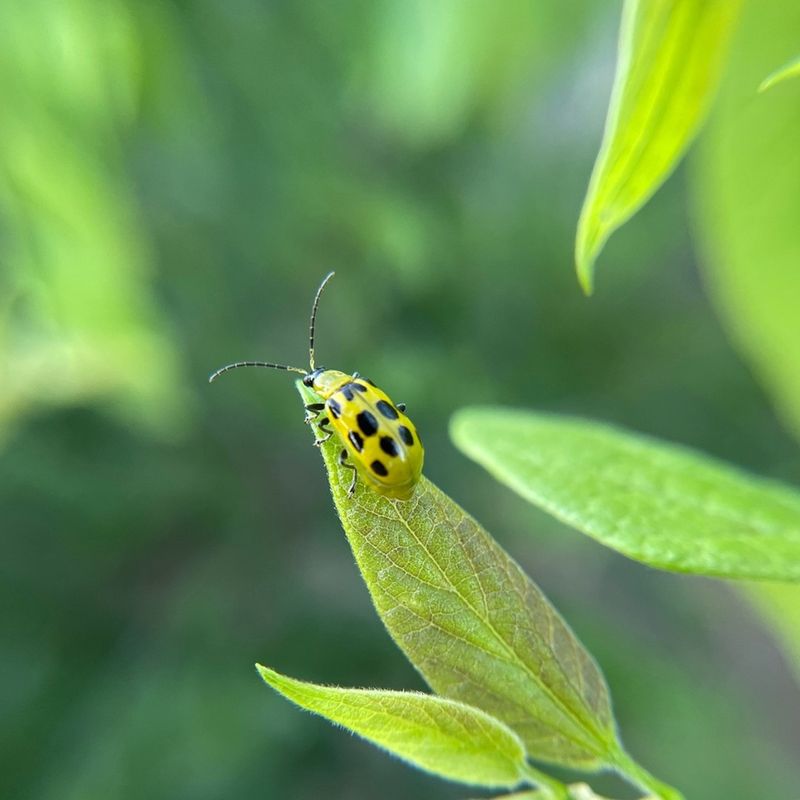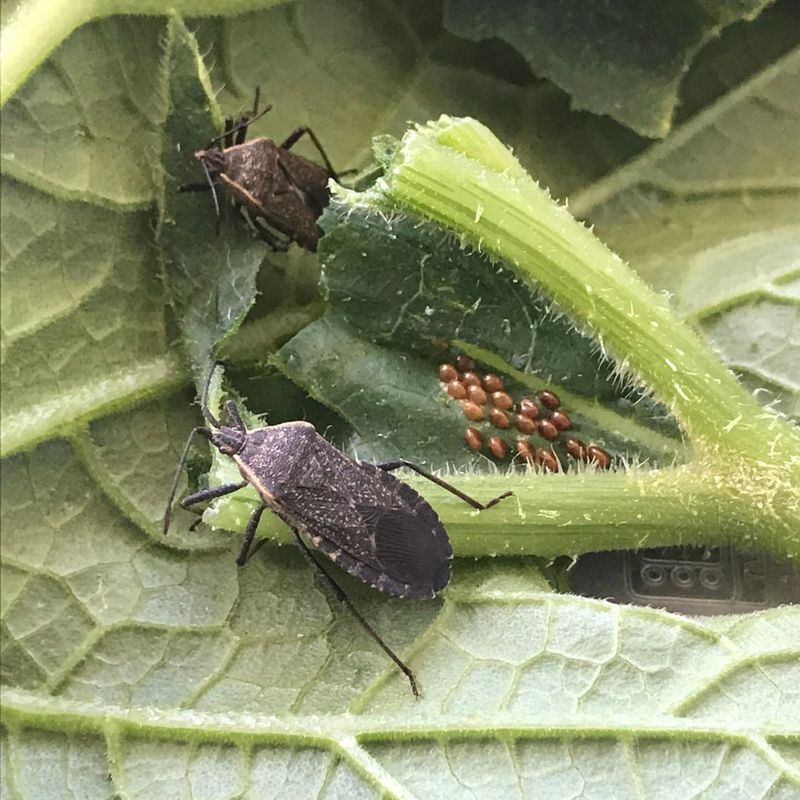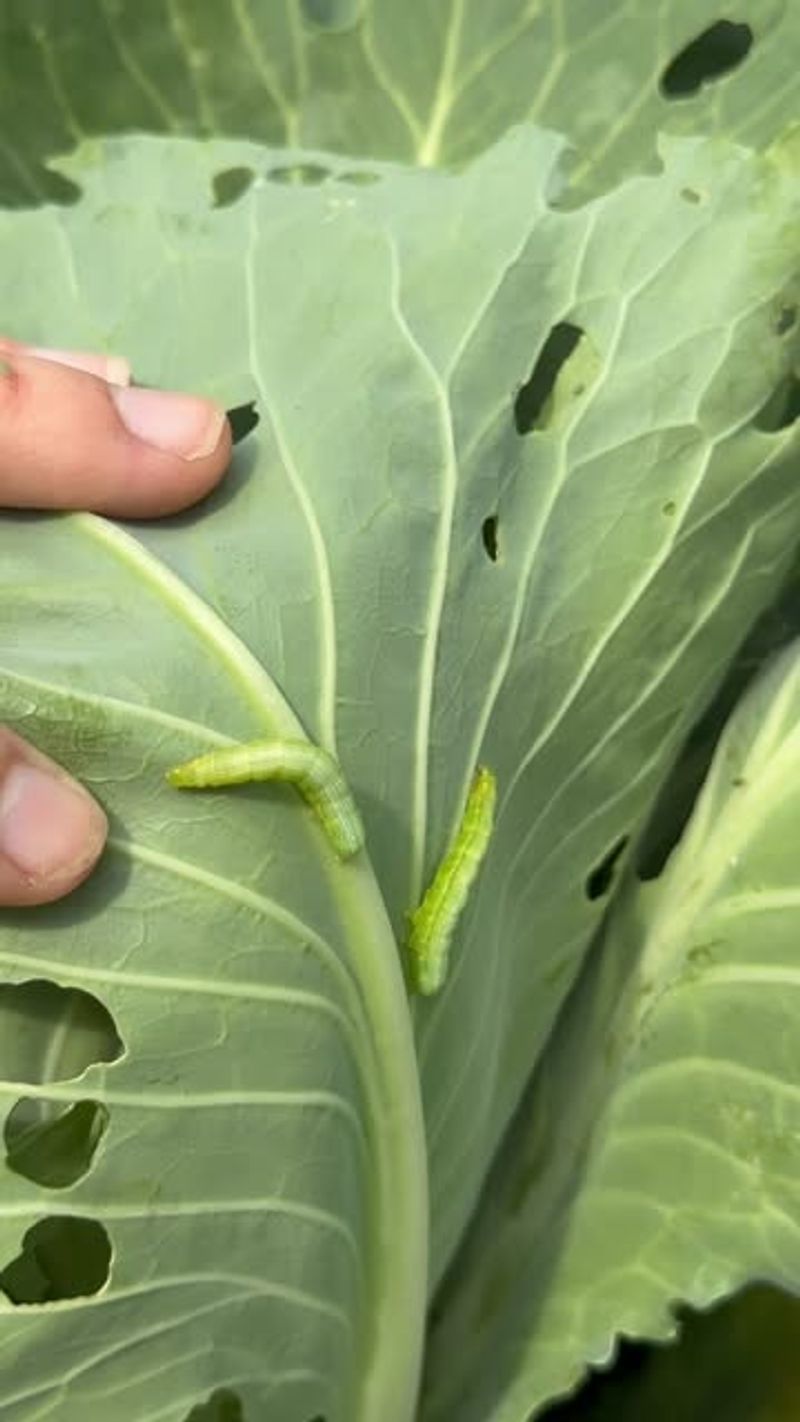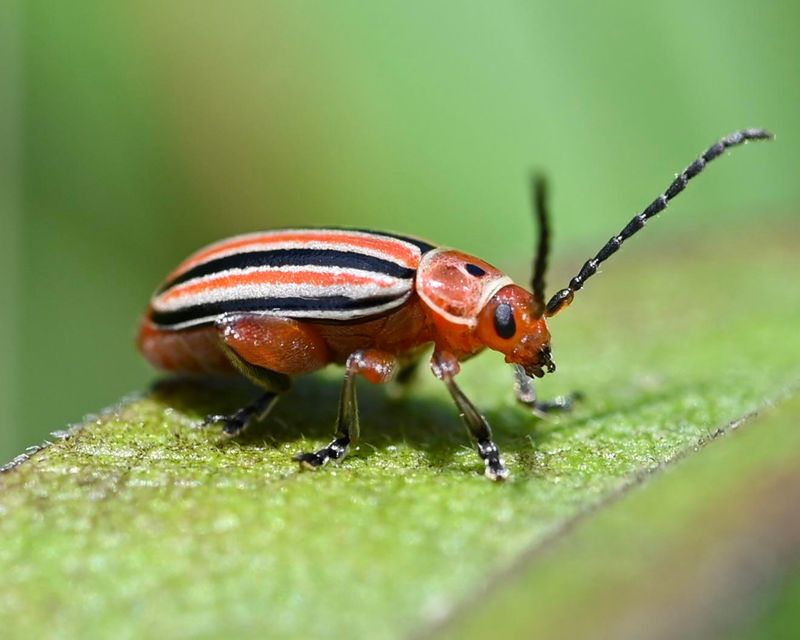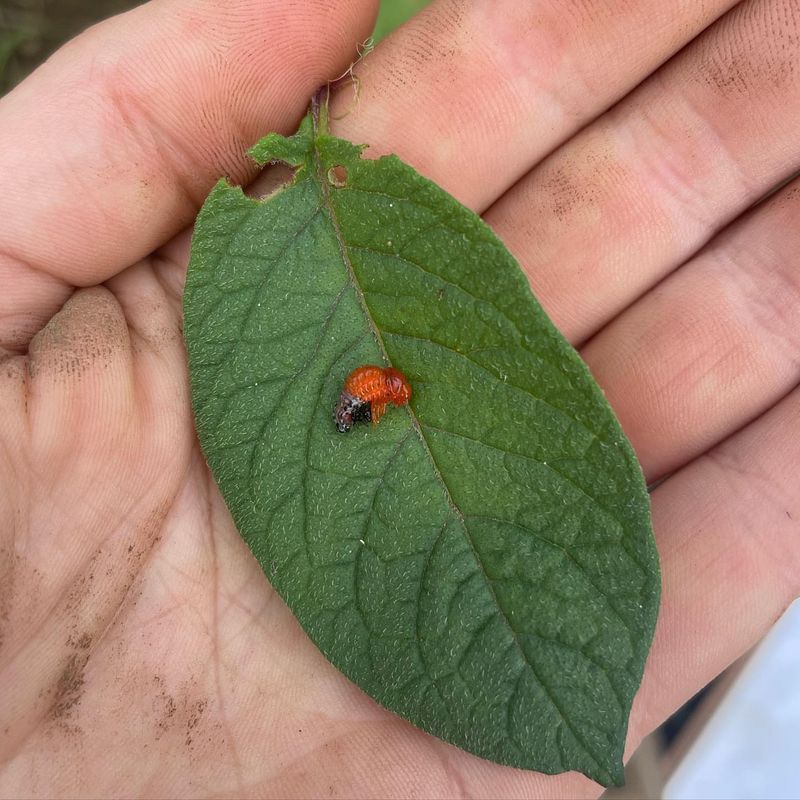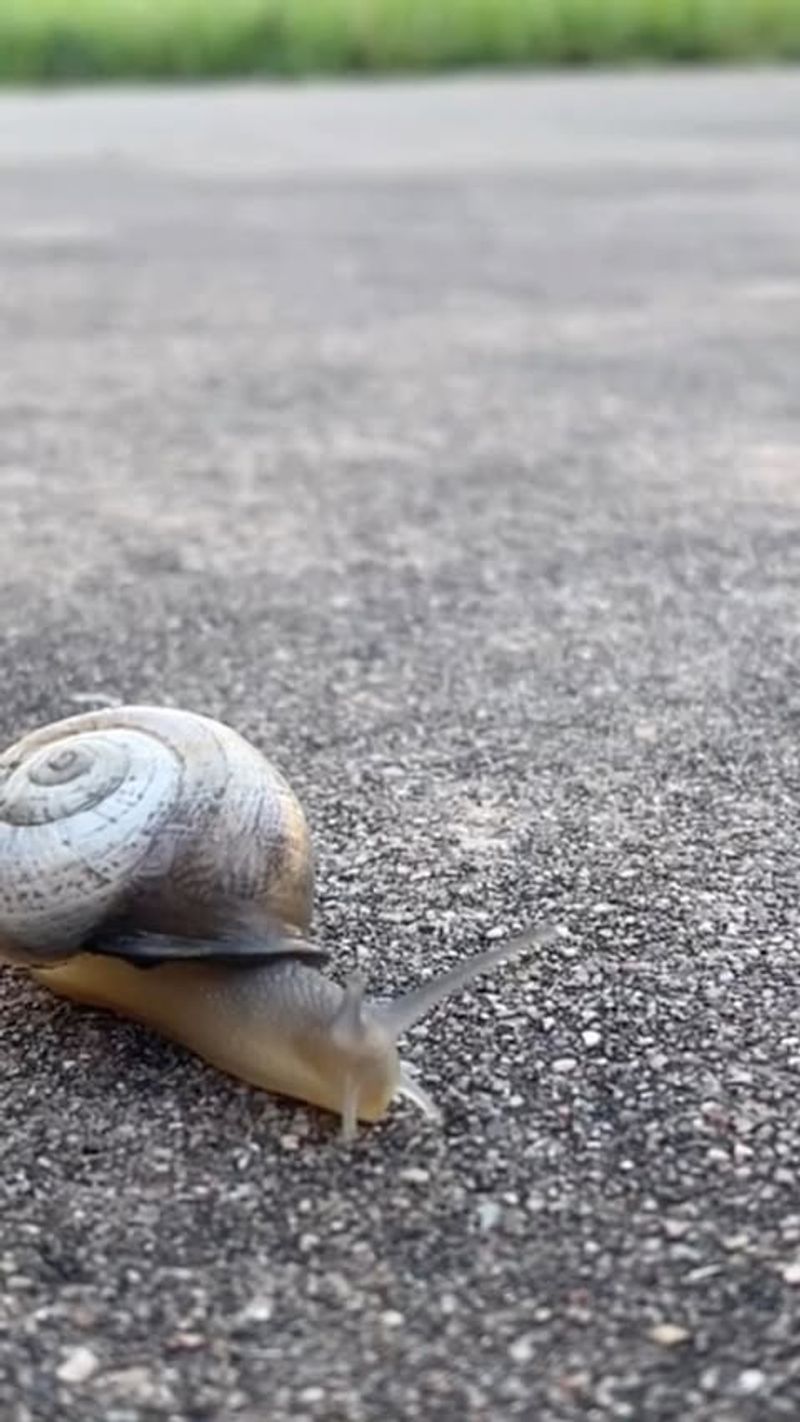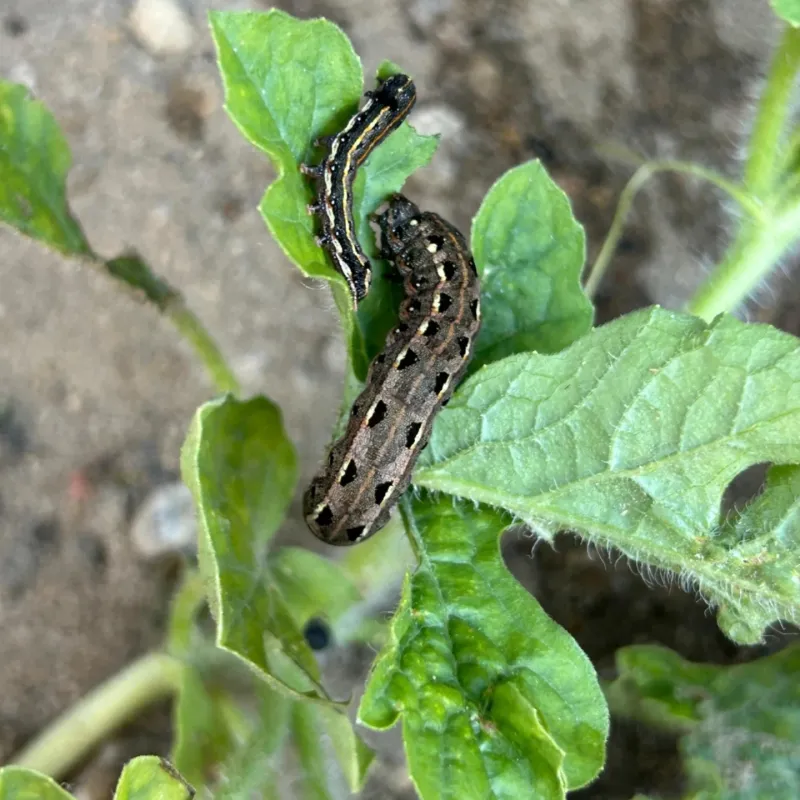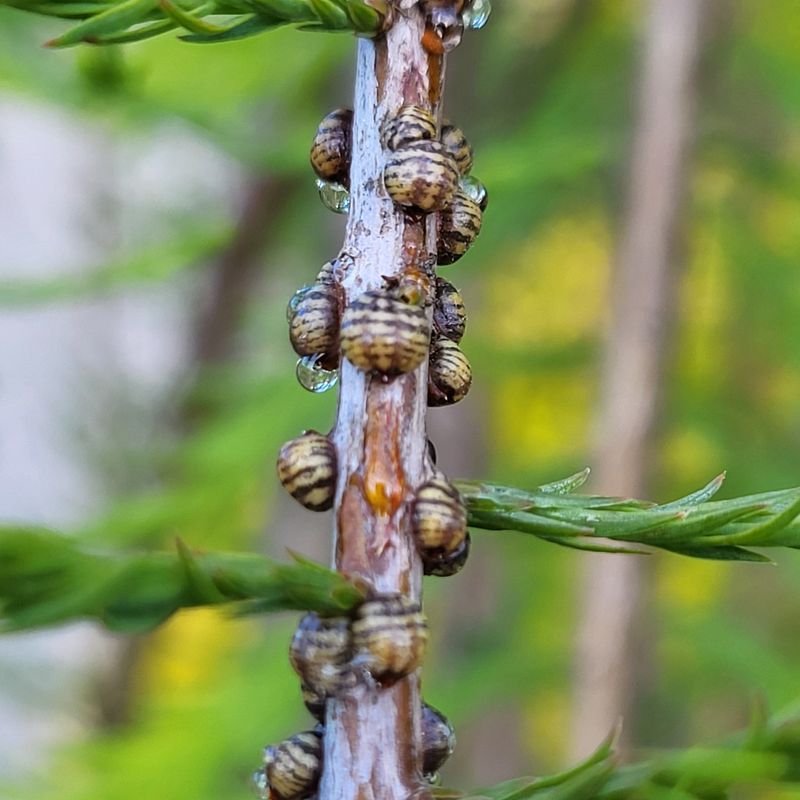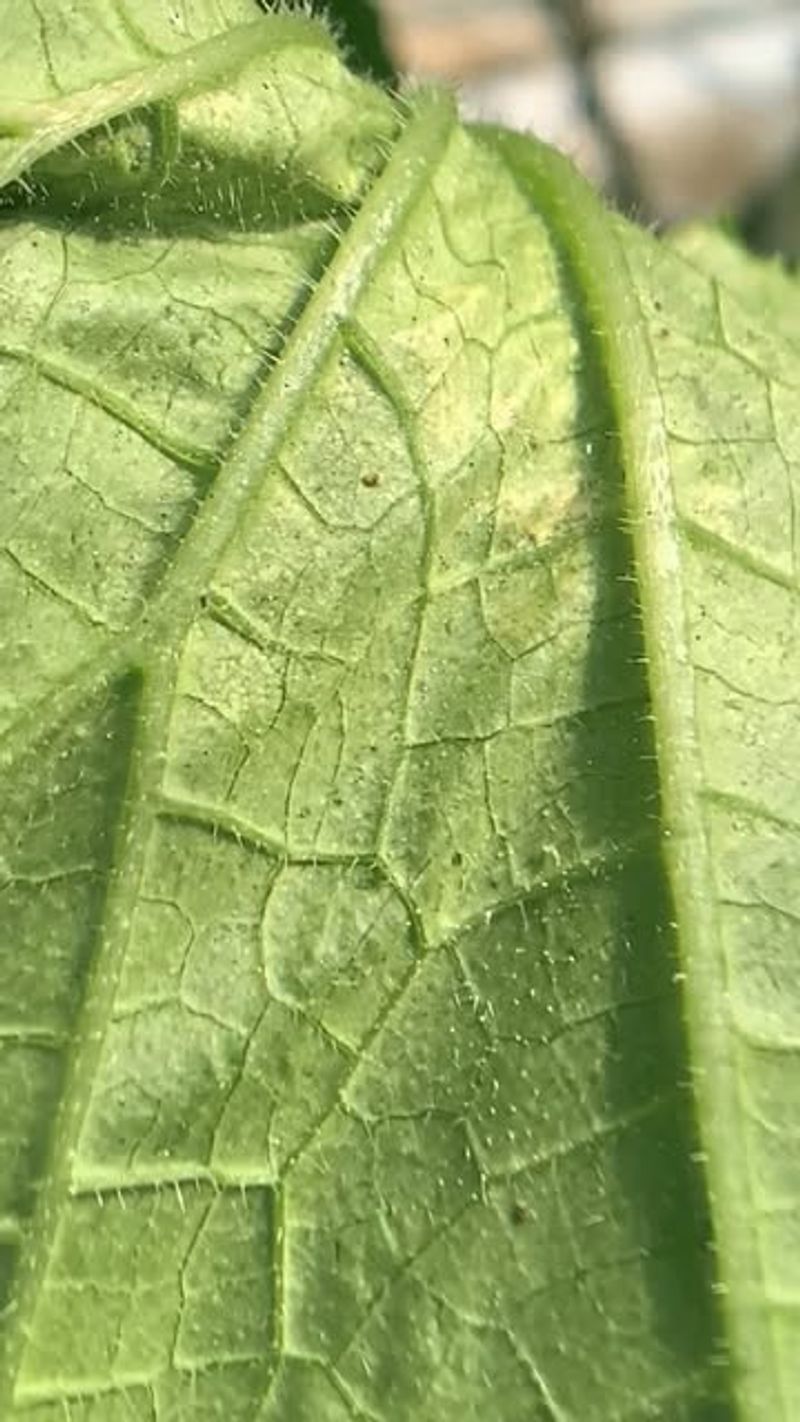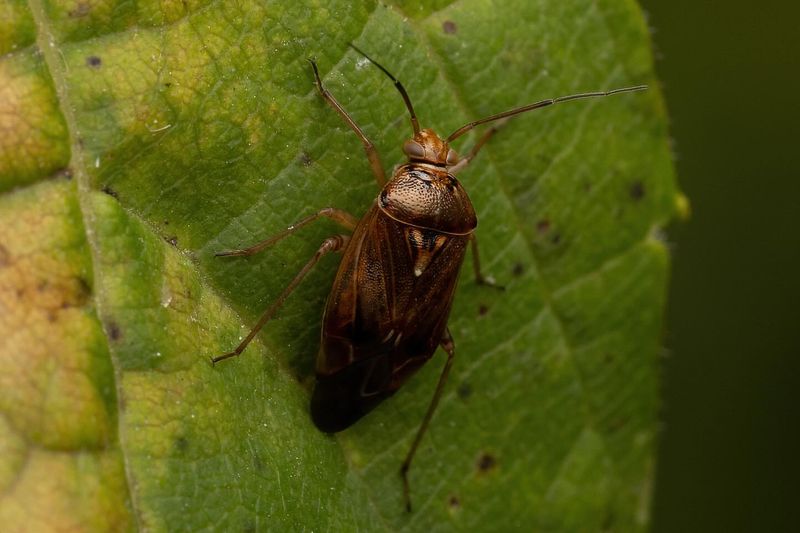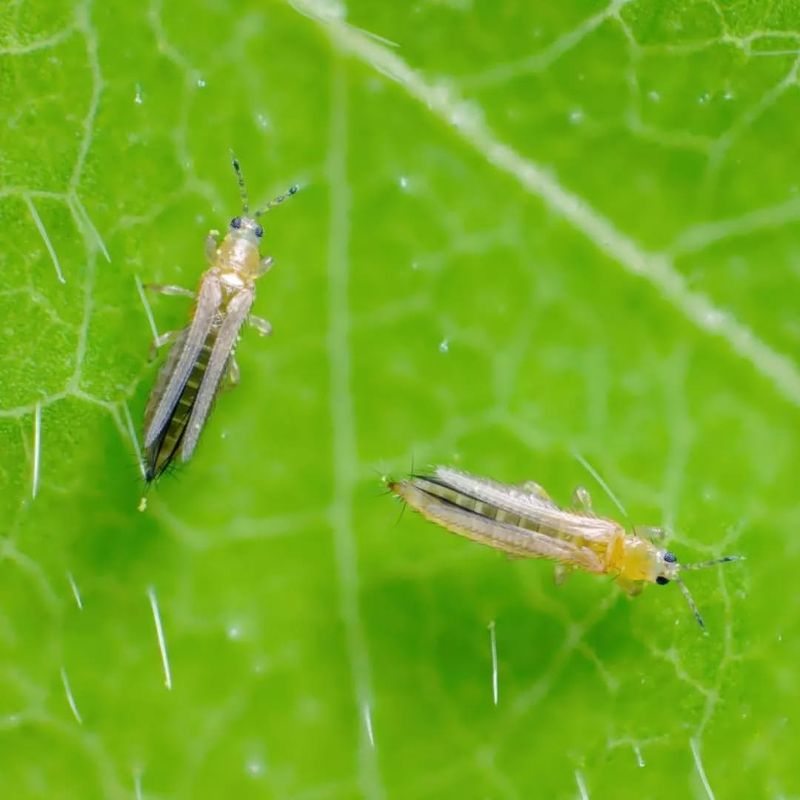Iowa gardens are under attack—and some tiny troublemakers are to blame. I’ve spotted chewed leaves and mystery holes, and yep, it’s those common garden bugs causing chaos.
The good news? You can stop them without turning your garden into a war zone. I’ve tried a few simple tricks that actually work, and my plants are breathing a sigh of relief.
Let’s kick those pests out and get your garden back on track.
1. Japanese Beetles
These metallic green pests descend on Iowa gardens in early summer, skeletonizing leaves and destroying roses. They’re voracious feeders that can strip a plant in days.
Handpick them in the morning when they’re sluggish, or try milky spore disease for long-term control. Iowa gardeners find that beetle traps work well when placed away from prized plants.
2. Tomato Hornworms
Massive green caterpillars that blend perfectly with tomato foliage until you notice entire stems stripped bare overnight. Their appetites seem limitless as they grow to finger-length size.
Many Iowa vegetable gardeners patrol with blacklights after sunset to spot these glowing pests. Beneficial parasitic wasps are natural predators – leave hornworms with white cocoons attached as they’ll kill more pests.
3. Aphids
Tiny sap-suckers that multiply faster than you can count! These pear-shaped insects cluster on new growth and buds, causing distorted leaves and weakened plants throughout Iowa gardens.
A strong blast of water knocks colonies off plants without harming beneficial insects. For persistent infestations, insecticidal soap works wonders. Iowa gardeners often introduce ladybugs as natural aphid predators with excellent results.
4. Cucumber Beetles
Striped or spotted yellow beetles that target cucumber family plants with determination. Beyond leaf damage, they transmit bacterial wilt disease that can kill plants within days.
Row covers during early growth stages provide excellent protection in Iowa gardens. Companion planting with radishes helps repel these persistent pests. Removing beetles by hand in the morning reduces populations dramatically.
5. Squash Bugs
Flat, grayish-brown insects that suck sap from squash plants, causing wilting and yellow spots. They hide under leaves and lay copper-colored egg clusters that hatch into destructive nymphs.
Iowa gardeners find that crushing eggs and trapping adults under boards works well. Timing is crucial – control them early before populations explode. Neem oil applications help manage young nymphs before they become damage-resistant adults.
6. Cabbage Worms
Velvety green caterpillars that create Swiss cheese patterns on cabbage, kale, and broccoli leaves. The damage isn’t just cosmetic – it can stunt plant growth and ruin harvests in Iowa gardens.
Floating row covers prevent white cabbage moths from laying eggs. BT (Bacillus thuringiensis) spray offers targeted control without harming beneficial insects. Hand-picking works well for small Iowa garden plots with just a few brassica plants.
7. Flea Beetles
Tiny jumping beetles that pepper leaves with shot-hole damage, particularly on young seedlings. Their feeding weakens plants and creates entry points for diseases in Iowa vegetable gardens.
Sticky traps capture adults while diatomaceous earth creates a barrier they won’t cross. Iowa gardeners find that starting seedlings indoors gives plants a strength advantage. Covering new transplants with floating row covers prevents these jumping pests from reaching tender leaves.
8. Colorado Potato Beetles
Distinctive yellow-and-black striped beetles that devastate potato plants and their relatives. Both adults and their humpbacked red larvae strip leaves down to veins in amazingly short time.
Hand-picking and dropping into soapy water provides immediate relief in Iowa gardens. Crop rotation prevents population buildup in the soil. Straw mulch encourages ground beetles that prey on potato beetle eggs and larvae.
9. Slugs and Snails
Slimy garden visitors that emerge at night to rasp holes in leaves, fruits, and flowers. Their telltale slime trails across Iowa garden beds reveal their nocturnal feeding routes.
Beer traps lure and drown these mollusks effectively. Copper tape creates barriers they won’t cross to protect vulnerable plants. Iowa gardeners find that removing hiding spots like boards and excess mulch dramatically reduces populations.
10. Cutworms
Soil-dwelling caterpillars that circle plant stems at soil level, cutting down seedlings overnight. These nighttime assassins can destroy entire rows of new transplants in Iowa vegetable gardens.
Cardboard collars around seedling stems block their access effectively. Digging around cut plants often reveals the culprit curled nearby. Iowa gardeners reduce problems by clearing garden debris in fall where adult moths lay eggs.
11. Scale Insects
Bizarre creatures that look more like bumps than bugs, attaching to stems and sucking plant juices. Their protective coverings make them resistant to many treatments as they slowly weaken Iowa garden shrubs.
Horticultural oil suffocates these immobile pests effectively. A soft toothbrush can physically remove them from prized plants. Iowa gardeners monitor new growth carefully, as catching scale in the crawler stage makes control much easier.
12. Spider Mites
Microscopic arachnids that cause stippled yellowing on leaves and fine webbing between stems. Hot, dry Iowa summers create perfect conditions for these nearly invisible pests to multiply explosively.
Regular strong water sprays dislodge colonies before damage becomes severe. Predatory mites offer excellent biological control in Iowa gardens. Avoiding broad-spectrum insecticides helps preserve natural enemies that keep spider mites in check.
13. Tarnished Plant Bugs
Bronze-colored insects that pierce plant tissues to feed, causing deformed growth and bud drop. Their feeding damage creates dimpled fruits and distorted flowers throughout Iowa gardens.
White sticky traps help monitor populations before damage occurs. Removing weedy areas near gardens eliminates their breeding grounds. Iowa gardeners find that insecticidal soap applications target nymphs effectively before they become mobile adults.
14. Leafhoppers
Wedge-shaped insects that hop away when disturbed, leaving behind stippled, pale leaves. Their feeding transmits diseases and causes leaf edges to curl and brown in Iowa vegetable gardens.
Reflective mulch confuses and repels these jumping pests effectively. Neem oil applications target nymphs before they develop wings. Iowa gardeners find that row covers during early growth stages prevent leafhopper damage on vulnerable crops.
15. Thrips
Tiny, slender insects barely visible to the naked eye that rasp plant surfaces, creating silvery streaks on leaves. Their feeding distorts flowers and stunts growth in Iowa gardens during hot weather.
Blue sticky traps attract and capture adults effectively. Beneficial insects like minute pirate bugs provide natural control. Iowa gardeners find that avoiding excessive nitrogen fertilizer helps reduce thrips populations on ornamental plants.

